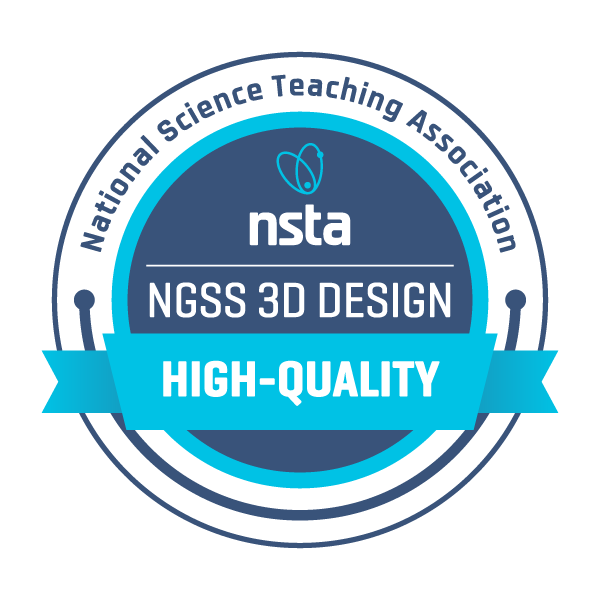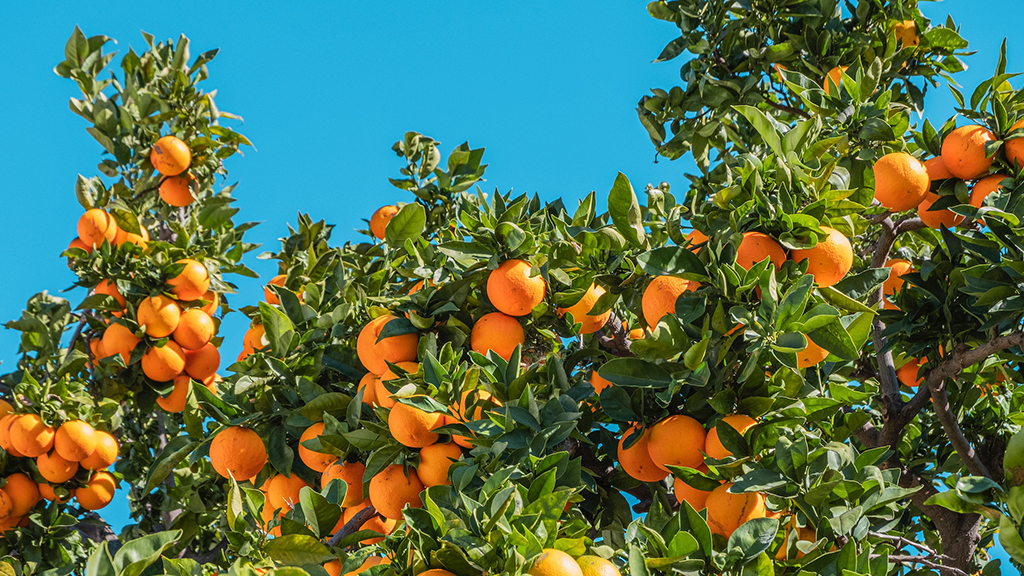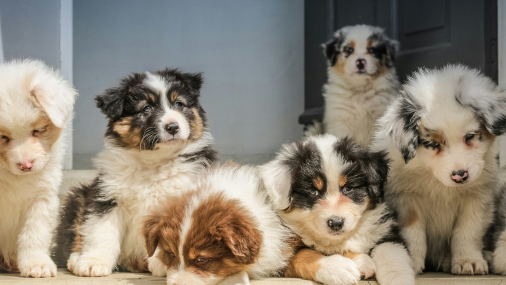Grade 3
NSTA EQuIP Reviews
The EQuIP Rubric for Science provides criteria by which to measure how well lessons and units are designed for the NGSS. This page houses NSTAs EQuIP Rubric Reports for Grade 3. Learn more about the review process.
3.1 Forces & Interactions
How can we design objects to balance and move in different ways?
Developer | Score | Report | Awarded |
|---|---|---|---|
| OpenSciEd | E: Example of | Download Report (PDF) |  |
Unit Summary
Have you ever seen something in the world that is balanced in an interesting or puzzling way? Have you wondered how it stays balanced without falling over? This unit launches with art sculptures that do just this – the sculptures balance and move in ways that make students wonder how they work. Through a series of investigations, students develop ideas about the multiple forces acting on a sculpture to keep it upright and not fall over, or to create predictable motion. Students plan and carry out investigations to test what works and does not work to design sculptures. The unit then re-anchors with a new type of sculpture – one that moves in interesting ways using magnets with nothing making contact. Students learn about the size and direction of forces between magnets and between magnets and some metal objects. Students then apply these ideas about magnets to design an object and device that solves a problem.
3.2 Weather & Hazards
Why do plants only grow well in certain places, and how can we protect them?
Developer | Score | Report | Awarded |
|---|---|---|---|
| OpenSciEd | E: Example of | Download Report (PDF) |  |
Unit Summary
Do you have a favorite fruit or vegetable you enjoy year-round? Have you noticed that common fruits like apples, oranges, and bananas are always available, even in winter? At the start of the unit, students reflect on their favorite fruits and examine school menus to explore how these fruits are available year-round. They ask, How can we get these fruits all year at our school? Through investigations, students analyze precipitation and temperature data to determine where and when fruits grow best. Using weather patterns and climate data, they predict where other fruits and vegetables might thrive. They gather evidence to support an argument for how apples, bananas, and oranges remain available throughout the year. Later, students shift focus to how storms can damage fruit plants. They research weather-related hazards and explore engineering solutions to protect crops. By designing, building, and testing windbreaks, they collect data on effectiveness. Finally, they evaluate multiple designs and use evidence to argue for the best windbreak solutions, applying their findings to help address real-world weather challenges.
3.3. Trait Variations
Why do animals look and act the way they do?
Developer | Score | Report | Awarded |
|---|---|---|---|
| OpenSciEd | E: Example of | Download Report (PDF) |  |
Unit Summary
Many kinds of dogs look and act differently, especially as they grow from newborns to adults, but why do they look and act the way they do? Students begin this unit by noticing that newborn puppies look and act relatively similar to one another, while adult canines look and act quite differently. They wonder how and why this happens. Throughout the unit, students identify patterns in canines’ trait variations to figure out that canines look and act a certain way because of information they inherit from their parents, along with influences from their environments. Students then investigate how long people and dogs have been living and working together. They use fossil evidence to make sense of what the environment was like long ago when this relationship began. They also explain that some animals are no longer found on Earth because they did not pass along information to their offspring to continue the existence of animals that look and act the way they did.





